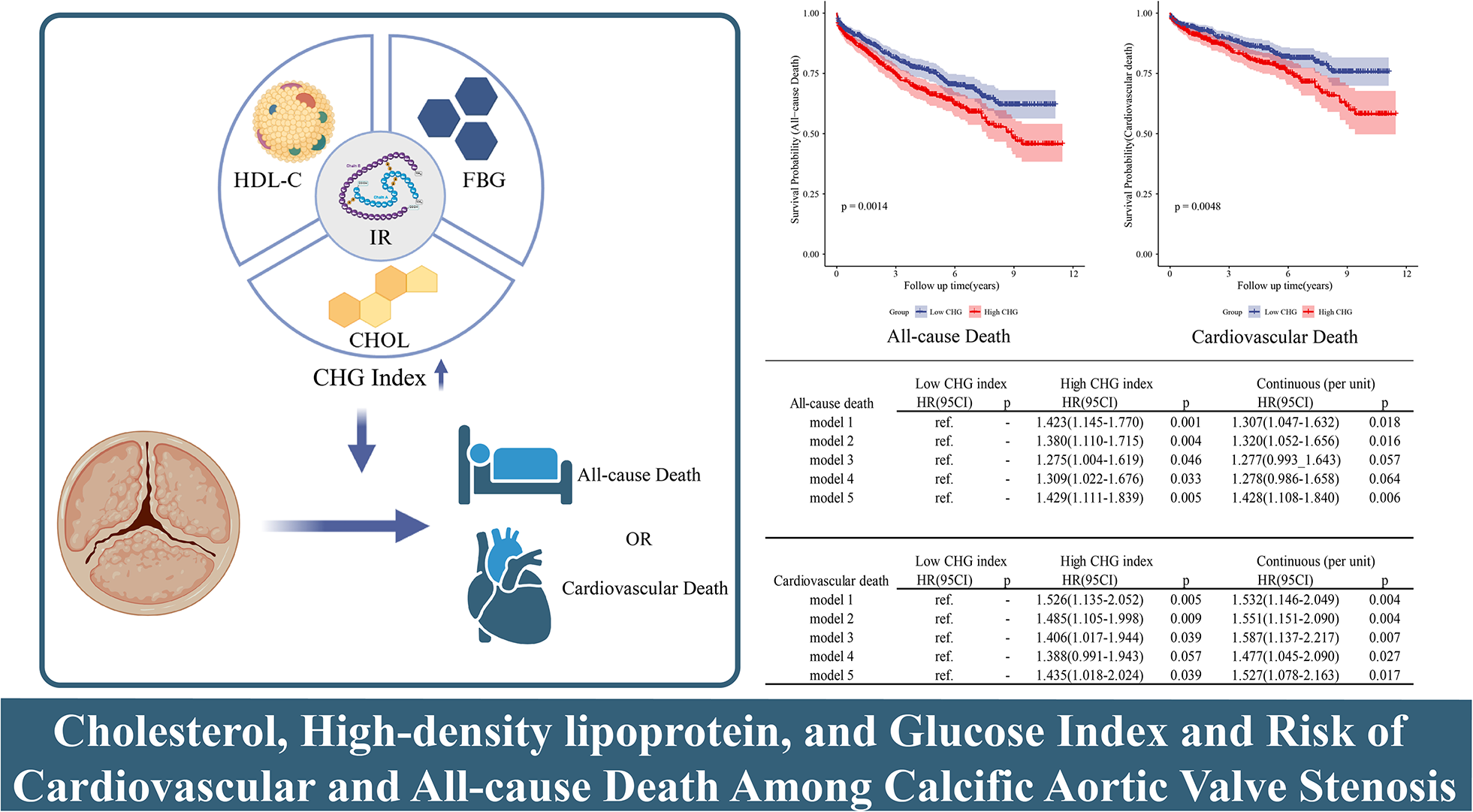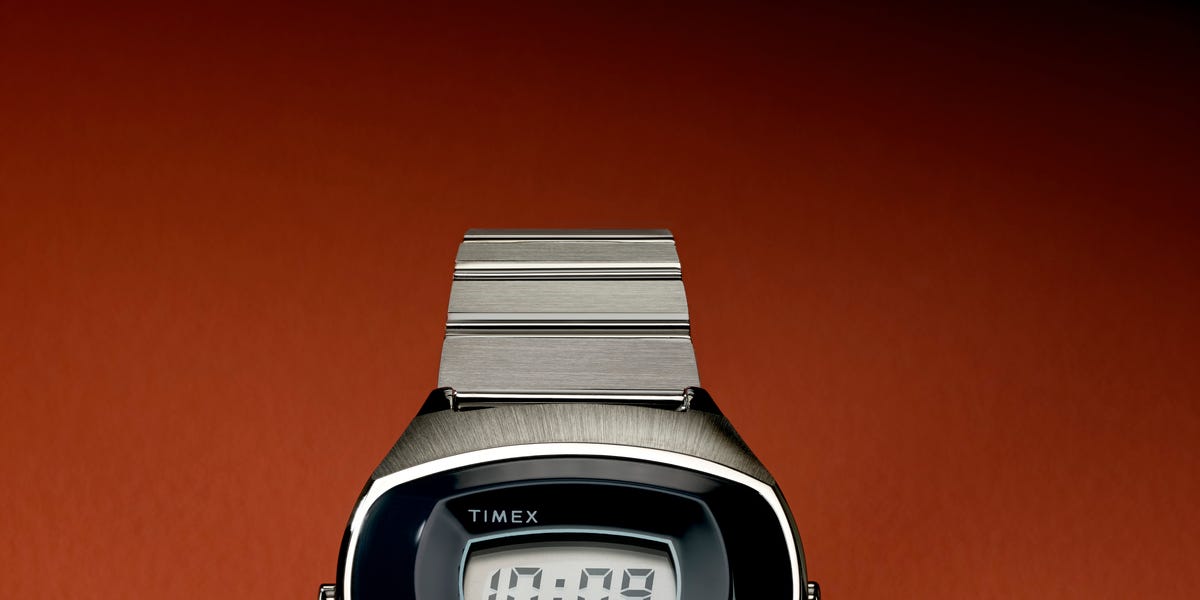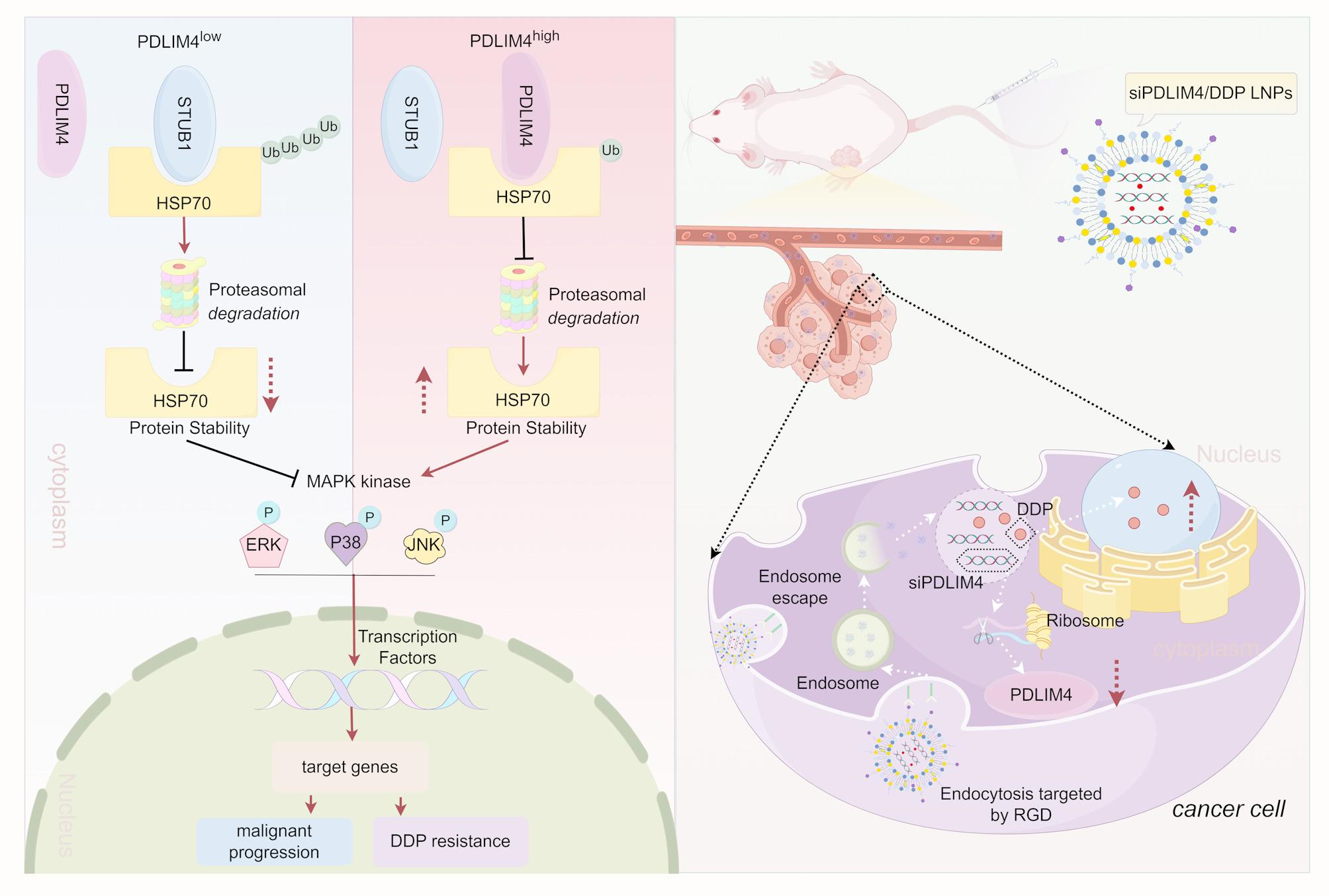Kanwar A, Thaden JJ, Nkomo VT. Management of patients with aortic valve stenosis. Mayo Clin Proc. 2018;93(4):488–508.
Google Scholar
Coffey S, Roberts-Thomson R, Brown A, Carapetis J, Chen M, Enriquez-Sarano M, Zühlke L, Prendergast BD. Global epidemiology of valvular heart disease. Nat Rev Cardiol. 2021;18(12):853–64.
Google Scholar
Chen QF, Shi S, Wang YF, Shi J, Liu C, Xu T, Ni C, Zhou X, Lin W, Peng Y, et al. Global, regional, and national burden of valvular heart disease, 1990 to 2021. J Am Heart Assoc. 2024;13(24): e037991.
Google Scholar
Yadgir S, Johnson CO, Aboyans V, Adebayo OM, Adedoyin RA, Afarideh M, Alahdab F, Alashi A, Alipour V, Arabloo J, et al. Global, regional, and national burden of calcific aortic valve and degenerative mitral valve diseases, 1990–2017. Circulation. 2020;141(21):1670–80.
Google Scholar
Benfari G, Essayagh B, Michelena HI, Ye Z, Inojosa JM, Ribichini FL, Crestanello J, Messika-Zeitoun D, Prendergast B, Wong BF, et al. Severe aortic stenosis: secular trends of incidence and outcomes. Eur Heart J. 2024;45(21):1877–86.
Google Scholar
Li SX, Patel NK, Flannery LD, Selberg A, Kandanelly RR, Morrison FJ, Kim J, Tanguturi VK, Crousillat DR, Shaqdan AW, et al. Trends in utilization of aortic valve replacement for severe aortic stenosis. J Am Coll Cardiol. 2022;79(9):864–77.
Google Scholar
Coisne A, Lancellotti P, Habib G, Garbi M, Dahl JS, Barbanti M, Vannan MA, Vassiliou VS, Dudek D, Chioncel O, et al. ACC/AHA and ESC/EACTS guidelines for the management of valvular heart diseases: JACC guideline comparison. J Am Coll Cardiol. 2023;82(8):721–34.
Google Scholar
Wang A, Östgren CJ, Norhammar A, Kylhammar D, Jernberg T, Lind L, Söderberg S, Blomberg A, Engström G, Bergström G, et al. Aortic valve calcification across stages of dysglycemia in middle-aged individuals from the general population. Cardiovasc Diabetol. 2025;24(1):105.
Google Scholar
Kopytek M, Ząbczyk M, Mazur P, Undas A, Natorska J. Accumulation of advanced glycation end products (AGEs) is associated with the severity of aortic stenosis in patients with concomitant type 2 diabetes. Cardiovasc Diabetol. 2020;19(1):92.
Google Scholar
Lind V, Lundman P, Friberg L, Talbäck M, Hammar N, Walldius G, Ding M, Norhammar A. Dysglycaemia and incident aortic stenosis: a cohort study. Heart. 2025;111(14):671–7.
Google Scholar
Guo Z, Xiong Z, He L, Zhang S, Xu X, Chen G, Xie M, Zhang W, Hui Z, Li J, et al. Association between triglyceride-glucose-body mass index and risk of aortic stenosis progression in patients with non-severe aortic stenosis: a retrospective cohort study. Cardiovasc Diabetol. 2025;24(1):46.
Google Scholar
Huang R, Xu X, Xu C, Zhang S, Xiong Z, Liu M, Huang Y, Wen H, Guo Y, Liao X, et al. Association between the insulin resistance and all-cause mortality in patients with moderate and severe aortic stenosis: a retrospective cohort study. Cardiovasc Diabetol. 2023;22(1):238.
Google Scholar
Hou XZ, Lv YF, Li YS, Wu Q, Lv QY, Yang YT, Li LL, Ye XJ, Yang CY, Wang MS, et al. Association between different insulin resistance surrogates and all-cause mortality in patients with coronary heart disease and hypertension: NHANES longitudinal cohort study. Cardiovasc Diabetol. 2024;23(1):86.
Google Scholar
Cai W, Xu J, Wu X, Chen Z, Zeng L, Song X, Zeng Y, Yu F. Association between triglyceride-glucose index and all-cause mortality in critically ill patients with ischemic stroke: analysis of the MIMIC-IV database. Cardiovasc Diabetol. 2023;22(1):138.
Google Scholar
Liu X, Tan Z, Huang Y, Zhao H, Liu M, Yu P, Ma J, Zhao Y, Zhu W, Wang J. Relationship between the triglyceride-glucose index and risk of cardiovascular diseases and mortality in the general population: a systematic review and meta-analysis. Cardiovasc Diabetol. 2022;21(1):124.
Google Scholar
Shi W, Xing L, Jing L, Tian Y, Yan H, Sun Q, Dai D, Shi L, Liu S. Value of triglyceride-glucose index for the estimation of ischemic stroke risk: insights from a general population. Nutr Metab Cardiovasc Dis. 2020;30(2):245–53.
Google Scholar
Guo W, Zhu W, Wu J, Li X, Lu J, Qin P, Zhu C, Xu N, Zhang Q. Triglyceride glucose index is associated with arterial stiffness and 10-year cardiovascular disease risk in a Chinese population. Front Cardiovasc Med. 2021;8: 585776.
Google Scholar
Su WY, Chen SC, Huang YT, Huang JC, Wu PY, Hsu WH, Lee MY. Comparison of the effects of fasting glucose, hemoglobin A(1c), and triglyceride-glucose index on cardiovascular events in type 2 diabetes mellitus. Nutrients. 2019. https://doi.org/10.3390/nu11112838.
Google Scholar
Mansoori A, Nosrati M, Dorchin M, Mohammadyari F, Derakhshan-Nezhad E, Ferns G, Esmaily H, Ghayour-Mobarhan M. A novel index for diagnosis of type 2 diabetes mellitus: cholesterol, high density lipoprotein, and glucose (CHG) index. J Diabetes Investig. 2025;16(2):309–14.
Google Scholar
Mo D, Zhang P, Zhang M, Dai H, Guan J. Cholesterol, high-density lipoprotein, and glucose index versus triglyceride-glucose index in predicting cardiovascular disease risk: a cohort study. Cardiovasc Diabetol. 2025;24(1):116.
Google Scholar
Vahanian A, Beyersdorf F, Praz F, Milojevic M, Baldus S, Bauersachs J, Capodanno D, Conradi L, De Bonis M, De Paulis R, et al. 2021 ESC/EACTS guidelines for the management of valvular heart disease. Eur Heart J. 2022;43(7):561–632.
Google Scholar
Li F, Wang Y, Shi B, Sun S, Wang S, Pang S, Wu X. Association between the cumulative average triglyceride glucose-body mass index and cardiovascular disease incidence among the middle-aged and older population: a prospective nationwide cohort study in China. Cardiovasc Diabetol. 2024;23(1):16.
Google Scholar
Shao Y, Hu H, Li Q, Cao C, Liu D, Han Y. Link between triglyceride-glucose-body mass index and future stroke risk in middle-aged and elderly Chinese: a nationwide prospective cohort study. Cardiovasc Diabetol. 2024;23(1):81.
Google Scholar
Li H, Zuo Y, Qian F, Chen S, Tian X, Wang P, Li X, Guo X, Wu S, Wang A. Triglyceride-glucose index variability and incident cardiovascular disease: a prospective cohort study. Cardiovasc Diabetol. 2022;21(1):105.
Google Scholar
Ren Q, Huang Y, Liu Q, Chu T, Li G, Wu Z. Association between triglyceride glucose-waist height ratio index and cardiovascular disease in middle-aged and older Chinese individuals: a nationwide cohort study. Cardiovasc Diabetol. 2024;23(1):247.
Google Scholar
Dang K, Wang X, Hu J, Zhang Y, Cheng L, Qi X, Liu L, Ming Z, Tao X, Li Y. The association between triglyceride-glucose index and its combination with obesity indicators and cardiovascular disease: NHANES 2003–2018. Cardiovasc Diabetol. 2024;23(1):8.
Google Scholar
Wei X, Min Y, Song G, Ye X, Liu L. Association between triglyceride-glucose related indices with the all-cause and cause-specific mortality among the population with metabolic syndrome. Cardiovasc Diabetol. 2024;23(1):134.
Google Scholar
Che B, Zhong C, Zhang R, Pu L, Zhao T, Zhang Y, Han L. Triglyceride-glucose index and triglyceride to high-density lipoprotein cholesterol ratio as potential cardiovascular disease risk factors: an analysis of UK biobank data. Cardiovasc Diabetol. 2023;22(1):34.
Google Scholar
Bortnick AE, Buzkova P, Otvos JD, Jensen MK, Tsai MY, Budoff MJ, Mackey RH, El Khoudary SR, Favari E, Kim RS, et al. High-density lipoprotein and long-term incidence and progression of aortic valve calcification: the multi-ethnic study of atherosclerosis. Arterioscler Thromb Vasc Biol. 2022;42(10):1272–82.
Google Scholar
Zieliński K, Kalińczuk Ł, Chmielak Z, Mintz GS, Dąbrowski M, Pręgowski J, Świerczewski M, Kowalik I, Demkow M, Hryniewiecki T, et al. Additive value of high-density lipoprotein cholesterol and C-reactive protein level assessment for prediction of 2-year mortality after transcatheter aortic valve implantation. Am J Cardiol. 2020;126:66–72.
Google Scholar
Hill MA, Yang Y, Zhang L, Sun Z, Jia G, Parrish AR, Sowers JR. Insulin resistance, cardiovascular stiffening and cardiovascular disease. Metabolism. 2021;119: 154766.
Google Scholar
Laakso M, Kuusisto J. Insulin resistance and hyperglycaemia in cardiovascular disease development. Nat Rev Endocrinol. 2014;10(5):293–302.
Google Scholar
Alizargar J, Bai CH, Hsieh NC, Wu SV. Use of the triglyceride-glucose index (TyG) in cardiovascular disease patients. Cardiovasc Diabetol. 2020;19(1):8.
Google Scholar
Ke Z, Huang R, Xu X, Liu W, Wang S, Zhang X, Guo Y, Zhuang X, Zhen L. Long-term high level of insulin resistance is associated with an increased prevalence of coronary artery calcification: the CARDIA study. J Am Heart Assoc. 2023;12(11): e028985.
Google Scholar
Yaribeygi H, Farrokhi FR, Butler AE, Sahebkar A. Insulin resistance: review of the underlying molecular mechanisms. J Cell Physiol. 2019;234(6):8152–61.
Google Scholar
Takei Y, Tomiyama H, Tanaka N, Yamashina A, Chikamori T. Association between insulin resistance, oxidative stress, sympathetic activity and coronary microvascular function in patients with early stage impaired glucose metabolism. Circ J. 2022;86(5):866–73.
Google Scholar
Zhao J, Fan H, Wang T, Yu B, Mao S, Wang X, Zhang W, Wang L, Zhang Y, Ren Z, et al. TyG index is positively associated with risk of CHD and coronary atherosclerosis severity among NAFLD patients. Cardiovasc Diabetol. 2022;21(1):123.
Google Scholar







